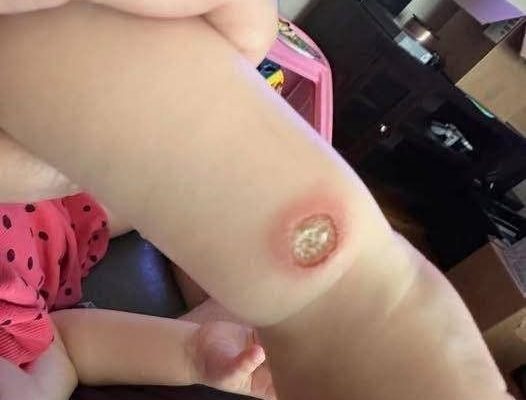A rare reaction: when an inhaler triggers sweet tooth syndrome
What began as a simple adjustment of a patient’s COPD inhaler quickly turned into a medical mystery. In just two days, a 55-year-old woman developed very painful red spots on her face and neck, along with a mild fever.
Although the skin symptoms cleared fairly quickly, a biopsy revealed an unexpected diagnosis: Sweet syndrome, a rare immune-mediated skin disorder.
This unusual case may represent the first time an inhaled drug has been linked to Sweet syndrome, raising important questions about the hidden risks of commonly prescribed therapies.
Case Overview
The patient, with a history of hypertension and COPD, had been stable for years on enalapril and a formoterol inhaler. When her lung function began to deteriorate, her pulmonologist switched her inhaler to a combination of indacaterol and glycopyrronium. Just 48 hours after starting the new medication, she developed painful erythematous plaques on her face and neck, accompanied by a low-grade fever.
She denied recent changes in cosmetics, diet, or cold symptoms, although she did report having been exposed to the sun using adequate protection.
She was urgently referred to dermatology and discontinued using the inhaler. Blood tests ruled out infections and autoimmune markers, while a skin biopsy confirmed Sweet syndrome. She was prescribed oral corticosteroids, which produced rapid improvement within two days.
Understanding Sweet Syndrome
Also known as acute febrile neutrophilic dermatosis, Sweet’s syndrome is characterized by the sudden onset of painful, red, often asymmetrical papules or plaques typically affecting the face, neck, upper torso, and hands. Patients often present with systemic signs such as fever and leukocytosis.
Although its exact cause is unclear, Sweet syndrome is thought to arise from cytokine-driven immune responses, often triggered by infections, cancers, or certain medications, such as antibiotics, antiepileptics, and vaccines. Treatment with corticosteroids usually provides rapid relief.
What distinguishes this case is that inhaled medications have never been reported as triggers before. Differential diagnoses such as contact dermatitis, lupus, and urticaria were carefully ruled out.
Why this matters
Because Sweet’s syndrome is rare and sometimes associated with serious systemic illnesses, it is often overlooked during early evaluations. This case underscores the vital role of primary care providers in recognizing unusual drug reactions, ensuring timely referral, and initiating appropriate treatment.
Conclusion
This case serves as a reminder that even well-established medications, such as inhalers, can occasionally provoke rare but serious immune responses. For physicians, it is crucial to be alert to sudden skin changes after a medication adjustment. Expanding knowledge of unusual triggers for Sweet syndrome can improve diagnostic accuracy and lead to faster, potentially life-saving interventions.



